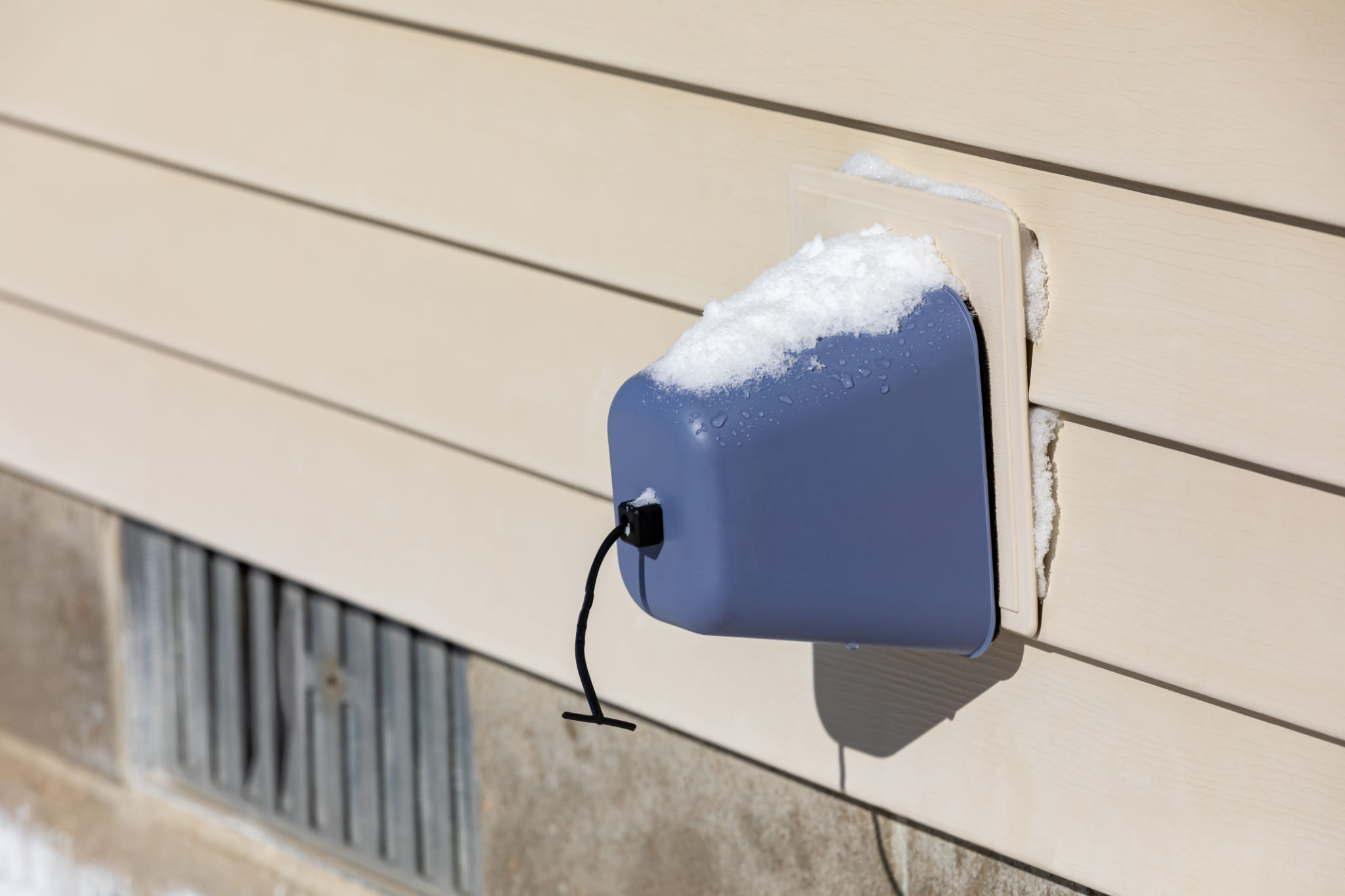How to Prepare Your Shipping Container Home for Extreme Weather
Understanding the Basics of Shipping Container Homes
Shipping container homes have grown in popularity due to their cost-effectiveness and sustainability. However, like any other structure, they require proper preparation for extreme weather conditions. Ensuring your container home is ready to face the elements is crucial for the safety and comfort of its inhabitants.
These homes are made from steel, which is both an advantage and a challenge. Steel is incredibly sturdy, but it also conducts heat and cold, which can lead to uncomfortable living conditions if not properly insulated. Understanding how to enhance this aspect of your container home is the first step in weather-proofing.

Insulating Your Container Home
Proper insulation is essential to keep your home comfortable year-round, especially in climates with extreme temperatures. There are various insulation options available, including spray foam, panel insulation, and blanket insulation. Each has its advantages and disadvantages, depending on your specific needs and budget.
Spray foam insulation is popular due to its effectiveness and ease of application. It can fill every nook and cranny, providing a seamless barrier against the elements. However, it can be more expensive than other options. On the other hand, panel insulation offers a more budget-friendly choice but may require more effort to install properly.
Weatherproofing the Exterior
Ensuring the exterior of your shipping container home is weatherproof is another critical step. This involves sealing any gaps or seams that might allow water or wind to penetrate the structure. Using high-quality caulk and weather-resistant paint can help create a robust barrier against rain and moisture.

Additionally, consider installing a sloped roof to prevent water accumulation. This can significantly reduce the risk of rust and corrosion over time. A properly installed roof will channel rainwater away from the container, maintaining its structural integrity.
Preparing for Wind and Storms
For areas prone to high winds and storms, anchoring your shipping container home securely is vital. While these structures are heavy, strong winds can still pose a threat if they're not properly secured. Consider anchoring the home to a concrete foundation or using earth anchors for extra stability.
Storm shutters or impact-resistant windows can also provide additional protection against flying debris during storms. Investing in these features can save you significant repair costs and potential injury in the event of severe weather.

Heating and Cooling Solutions
Effective heating and cooling systems are necessary for maintaining a comfortable living environment in your container home. Traditional HVAC systems work well, but there are also energy-efficient alternatives such as mini-split systems or geothermal heating. These options not only regulate temperature effectively but also help reduce energy costs.
Additionally, installing an energy recovery ventilation system can improve indoor air quality while maintaining energy efficiency. This system helps circulate fresh air throughout your home without losing heating or cooling energy.
Conclusion
Preparing your shipping container home for extreme weather involves a combination of insulation, exterior protection, anchoring, and efficient heating and cooling systems. By taking these steps, you can ensure your home remains a safe and comfortable haven regardless of the weather outside.
Ultimately, investing time and resources into these preparations will pay off in durability and peace of mind. With proper planning, your shipping container home can withstand the harshest conditions nature can throw its way.
